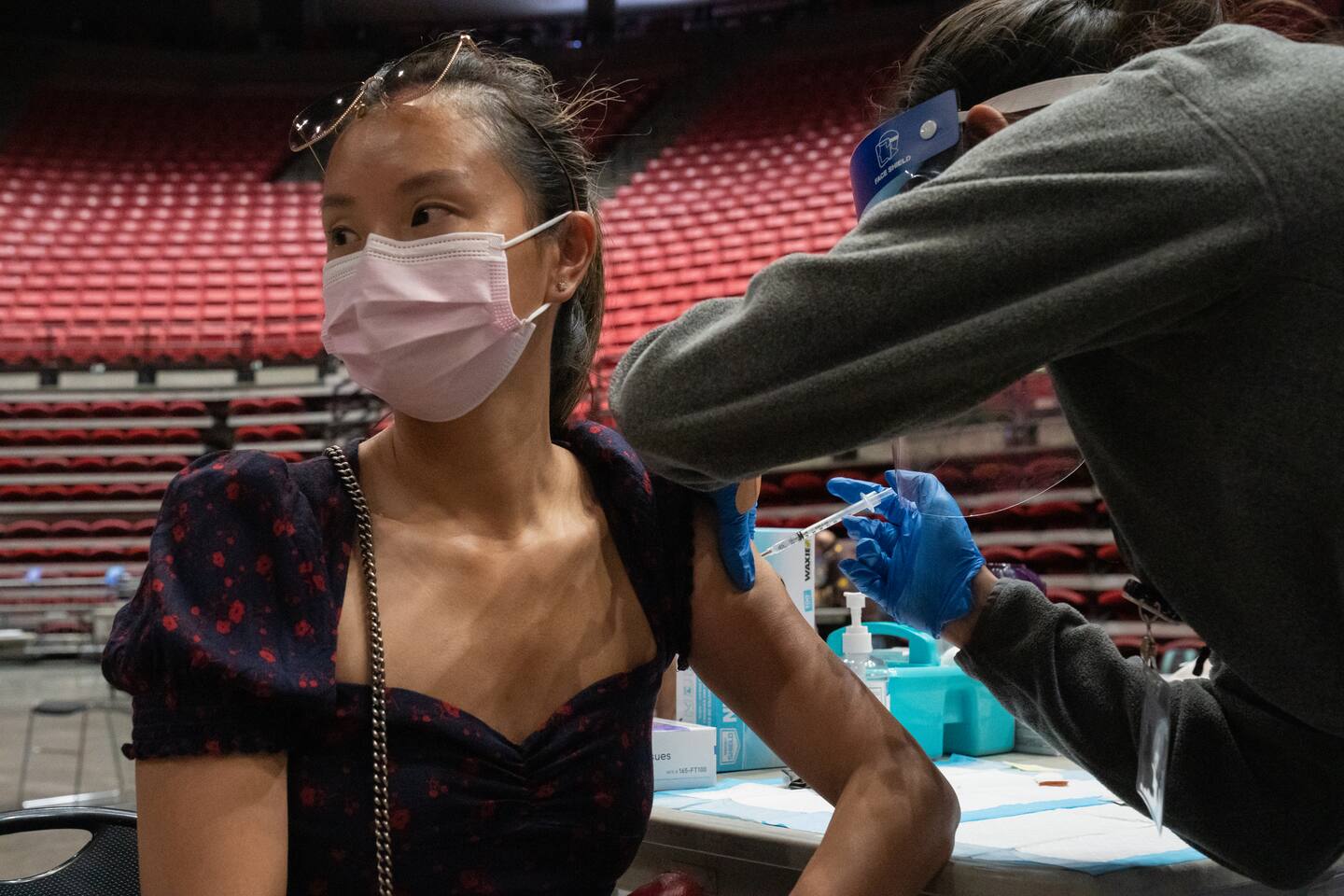How close are states to herd immunity?

The “that particular version” qualifier is important, of course: the more the virus spreads, the more it might mutate into a form against which previously infected individuals don’t have any protection. Allowing the virus to spread without containment increases the likelihood of such a mutation, which is itself a reason to push for herd immunity sooner rather than later.
But we’re not yet terribly close. On Thursday, the government announced that 100 million Americans had received a dose of one of the available vaccines. It’s a remarkable achievement — but one that still reflects less than a third of the country’s population. It’s not clear what percentage of the population needs to be immune to achieve herd immunity, but experts tend to agree it’s north of 70 percent.
Of course there are also tens of millions of people who have some form of immunity from having contracted the virus. Again, that’s the race: as cases surge in the Northeast, can enough people be vaccinated to slow the virus’s spread and achieve herd immunity without the health repercussions of rampant infections? It’s like a pincer, with health experts trying to immunize everyone with vaccines and the virus trying to immunize them through infections.
Data from states and the CDC collected by The Post show how each state is doing in that race. Since December (at the left of each state graph below), the number of people receiving full or partial vaccination against the virus has increased rapidly in every place — more rapidly than the number of new infections, happily. But there’s still a lot of ground to cover.
As of March 31, the most recent day for which we have full data, nearly every state has more fully vaccinated residents than residents who’ve contracted the virus at some point. (The exception is Utah.) In states where the virus never had a significant foothold, like Vermont or Hawaii, the number of people who have been vaccinated is several times larger than the percentage that have contracted the virus.
On average, 2.2 people have been fully vaccinated in a state for every person confirmed to have been infected with the virus. (It’s important to note that these data may include vaccinations of people who had previously contracted the virus.)
In most states, the density of the population (including kids, who aren’t yet cleared for vaccines) that has either contracted the virus or been fully vaccinated is around 26 percent. In other words, a quarter of the population should have immunity, unless existing natural immunity (from an infection) doesn’t protect against the new variants which are helping power the surge in the northeast. A lot of people in each state have been partially vaccinated, awaiting the second of two shots.
In other words, we’re a long way from herd immunity, though the gap is closing rapidly. The question, as ever, is how many more people will gain immunity through illness — risking long-term health effects or death — before that goal is achieved.






